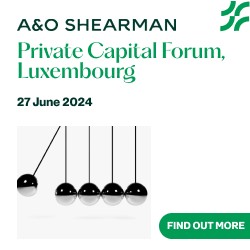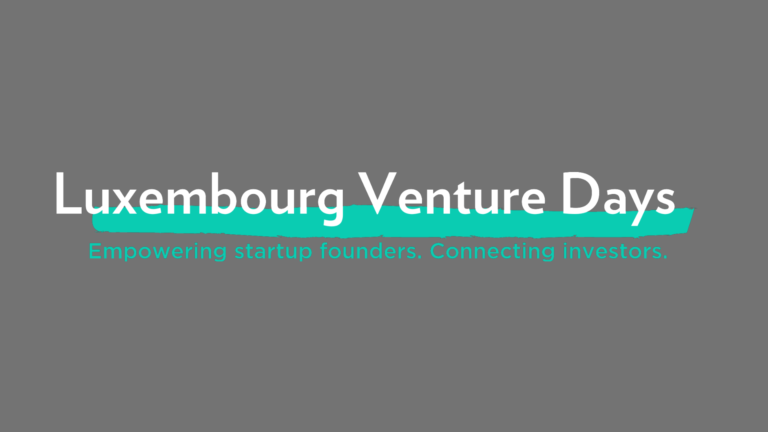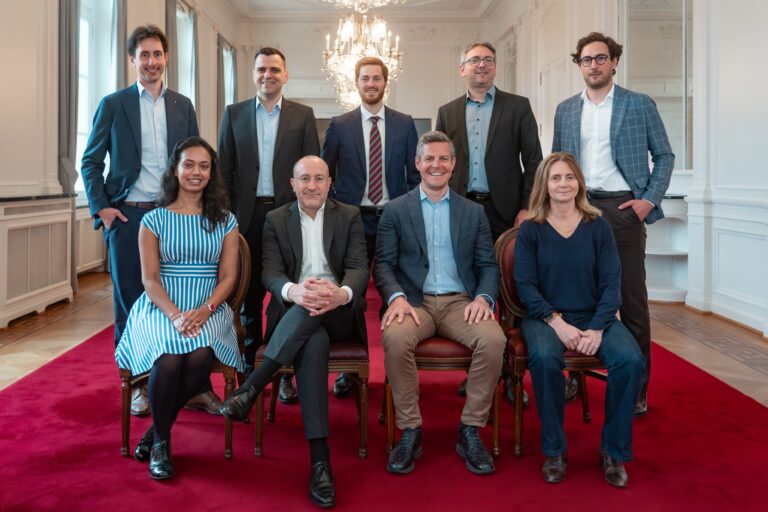By Dr Andreas Nilsson, Managing Director and Head of Impact at Golding Capital Partners published in Insight Out #28.
In recent years, impact has evolved from a ‘nice to have’ attribute to a key investment feature for many market participants. This is driven largely by the intrinsic motivation of investors and not from pressure coming from regulation.
When it comes to sustainability regulation, regulators have so far kept their focus mainly on the supply-side. Overall, transparency and commitment have been ensured by now. In theory, much is now possible within the existing regulatory framework with skilful handling and a certain level of effort. Going forward, however, investors need both incentives and a predictable regulatory environment to expand their allocation to sustainable investments and impact investments.
The two cornerstones of the regulation of sustainable investment products in the European Union are the EU Taxonomy Regulation and the Sustainable Finance Disclosure Regulation (SFDR). The latter specifies operational criteria and transparency requirements that a fund must fulfil to be allowed to be classified as an investment that promotes environmental or social characteristics or even as a fund that aims to make sustainable investments. These are commonly referred to as Article 8 or Article 9 (SFDR) funds, because they fulfil the respective regulatory requirements.
Supply Side Regulation is in place
The fact that numerous investment funds have decided to downgrade to Article 8, notably towards the end of 2022, indicates that regulation can sometimes be ambiguous and that, in some cases, regulatory practices still need to be fine-tuned. Discussions about greenwashing allegations have also created greater awareness of the associated reputational risks.
On the other hand, there are many examples of European rules that are already working well. By and large, both the German and the European fund industry have quickly adopted the categorisation of funds that was introduced by the SFDR. Funds can now be differentiated into those that have no particular ESG angle (Article 6), “light green” funds (Article 8) that promote environmental or social characteristics, and “dark green” funds that aim to make sustainable investments and, for example, position themselves as impact funds (Article 9).
At the same time, the EU rules leave sufficient scope for innovative approaches and fund strategies to actively contribute to sustainable transformation – and for fund vehicles to be classified accordingly. One example of this is our private equity impact fund of funds, which is classified as a fund in accordance with Article 9 of the Disclosure Regulation, without an Article 9 classification necessarily having to apply to each individual portfolio fund within the fund of funds structure.
Article 9 is possible for a private equity impact fund of funds
The simplest way to declare a fund of funds as an Article 9 fund would be for it to invest exclusively in Article 9 target funds. However, this would exclude a majority of the private equity impact universe. Nevertheless, it is possible to structure a global fund of funds for private equity impact investments that can be classified in the sustainability categorisation in accordance with SFDR Article 9. The prerequisite is that the fund of funds manager is able to prove that all target funds in the portfolio fulfil the requirements applied to Article 9.
To this end, the target funds must present their sustainability goals to the fund of funds, prove that their activities have no significant negative impact on the environment and society (“Do No Significant Harm”), and provide evidence that they meet certain minimum standards regarding anti-corruption, labour law, fair competition, and respect for human rights (“Minimum Safeguards”).
A target fund from a non-EU country or without Article 9 classification should be able to regularly provide this information to the fund of funds, which in turn checks it and prepares it in such a way that it complies with the rules of the EU Disclosure Regulation.
The effort can be worthwhile for both parties – product suppliers and investors.
Demand side needs regulatory stimulus
This example shows that, despite some remaining gaps, the supply side is now well equipped to develop products that meet demanding regulatory requirements. What the market now needs is incentives for the demand side to invest in sustainable products. So far, investors cannot derive any regulatory advantage from investing in sustainable or even impact products. Many institutional investors and trustees of institutional or private investment funds question their own mandates with regards to pursuing sustainable investment goals and investing consciously in sustainable products.
One option would be to include sustainability criteria in the existing tools related to capital adequacy rules for banks, known as Basel III and Basel IV. We believe that smart measures, such as capital requirements in banking regulation or sustainability accounting rules for insurers, could stimulate demand effectively in support of channelling capital towards sustainability objectives without spending billions of taxpayers’ money. The products are available. Now it’s up to the investors.




